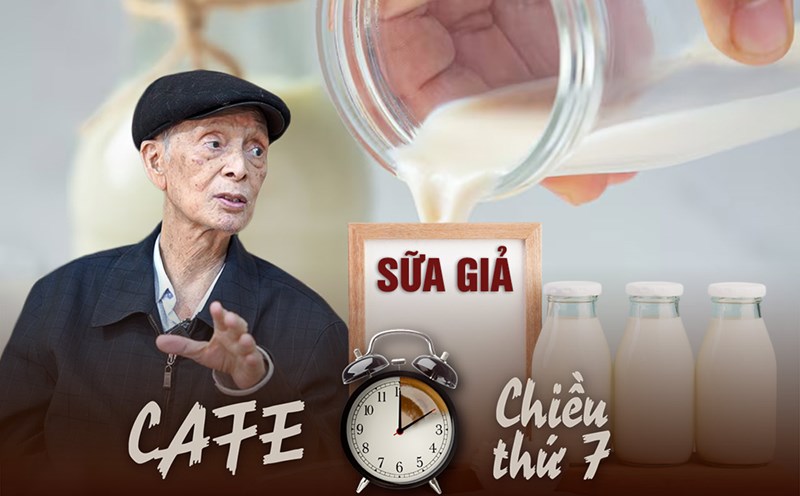Domestic pepper prices: Sharp increase again, average reaching over 156,000 VND/kg
As of 10:30 today (September 24), domestic pepper prices have increased sharply by 1,500 - 2,000 VND/kg compared to yesterday. The average purchasing price nationwide is currently at 156,300 VND/kg - an increase of 1,900 VND/kg.
Of which, Dak Lak and Dak Nong continue to be the two localities with the highest prices in the country, currently trading at 157,000 VND/kg, an increase of 2,000 VND/kg.
Other provinces such as Binh Phuoc and Ba Ria - Vung Tau also recorded equivalent increases, respectively at 156,000 VND/kg.
Gia Lai - the locality with the lowest pepper prices in the group - also recorded an impressive increase, reaching 155,500 VND/kg, an increase of 1,500 VND/kg.

The simultaneous increase in pepper prices in all raw material regions shows the re-upward trend of the domestic market. Many traders and businesses have begun to return to buy as supply is scarce and export demand is gradually recovering.
World pepper prices: Maintain the peak, Vietnamese pepper stably at a high level
In the world market, Vietnamese pepper prices remained unchanged compared to the previous session but remained high. Black grape variety 500g/l is stable at 6,800 USD/ton (equivalent to 177,759 VND/kg), while the 550g/l type is 6,900 USD/ton (equivalent to 180,373 VND/kg). ASTA Vietnam white sugar is still at 9,800 USD/ton - equivalent to 256,182 VND/kg.
Other markets such as Indonesia, Malaysia and Brazil did not record significant fluctuations today. In particular, Indonesian black pepper decreased slightly by 0.11%, down to 7,104 USD/ton.

In the Indian market, pepper prices continue to remain unchanged in most pepper cultivations. Garbled pepper costs 67,200 rupees/kg, (equivalent to 212,010 VND/kg), Ungarbled is listed at 65,200 rupees/kg (equivalent to 205,700 VND/kg), while gram/liter has the lowest price of 64,200 rupees/kg (exchanged for 202,545 VND/kg).
Although there was no increase in prices during the day, Indian pepper prices were still higher than the general level, reflecting stable domestic demand and less affected by international supply.
Assessment and forecast
The sharp increase in pepper prices is considered the result of limited supply after harvest, combined with the psychology of farmers waiting for prices. Meanwhile, stable world prices at high levels continue to create positive momentum for the domestic market.
In the coming time, if demand from major markets such as the Middle East and Europe increases sharply in the second quarter, the market may continue to welcome new price increases, especially in localities with good consumption quality such as Dak Lak and Dak Nong.











